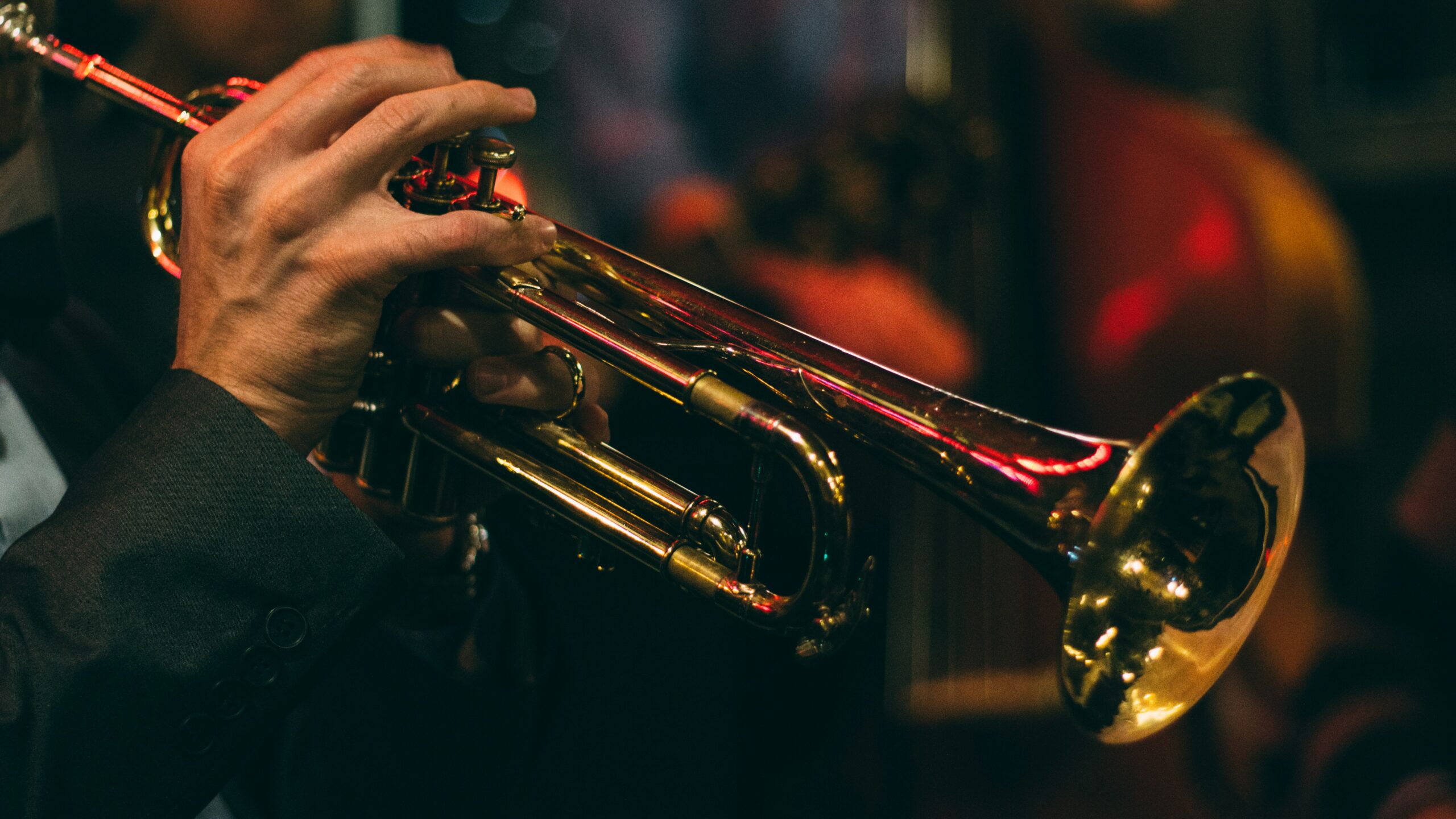
The trumpet stands as one of the most iconic instruments in music history. This brass powerhouse has left an unforgettable mark, from ancient battlefields to concert halls and jazz clubs. Musicians across centuries have embraced the trumpet’s piercing tone and expressive dynamics to redefine genres and push sonic boundaries. But how did the trumpet change music forever? Let’s explore its journey through time, style, and innovation.
The Ancient Origins of the Trumpet in Culture
Long before the trumpet-shaped music, it served a different purpose. Ancient civilizations, including Egypt, Greece, and China, used early trumpet-like instruments for ceremonial and military functions. These natural horns, often made of bronze or silver, did not feature valves. Instead, they produced a limited range of notes.
Despite their simplicity, these instruments played critical roles. Trumpets signaled war, announced royalty, and unified communities. Over time, their symbolic power began to merge with evolving musical expression. This foundational presence set the stage for the trumpet’s rise in Western music.
The Trumpet’s Rise in Classical Music
During the Baroque period, composers began writing music specifically for the trumpet. Johann Sebastian Bach and George Frideric Handel integrated their vibrant sound into church and court compositions. The natural trumpet’s bright tone and soaring melodic lines added grandeur to sacred works and royal fanfares.
Although limited in pitch, the Baroque trumpet demanded skill. Musicians had to manipulate their lips with precision to access harmonics. Their artistry paved the way for innovation. By the Classical era, inventors introduced keys and eventually valves. This mechanical breakthrough transformed the trumpet into a fully chromatic instrument.
With expanded range and versatility, the trumpet flourished. Joseph Haydn’s Trumpet Concerto in E-flat Major demonstrated its lyrical beauty and technical capacity. Composers now saw the trumpet as a support instrument and a solo voice worthy of the spotlight.
The Jazz Age and the Golden Era of the Trumpet
No genre elevated the trumpet like jazz. At the dawn of the 20th century, African American musicians reimagined the trumpet’s role. It became the lead voice of improvisation, rhythm, and raw expression. Jazz greats such as Louis Armstrong, Bix Beiderbecke, and later, Dizzy Gillespie and Miles Davis, reshaped modern music through the trumpet bell.
Louis Armstrong revolutionized trumpet playing. His charismatic phrasing, emotional vibrato, and melodic invention set new standards. Audiences connected instantly with the sound. For the first time, the trumpet sang like a human voice.
Meanwhile, bebop artists like Gillespie brought technical complexity and speed. The trumpet now danced through dizzying runs and angular melodies. Miles Davis took a different path, fusing cool tones with modal experimentation. Each trumpet icon helped jazz evolve, influencing classical, pop, and rock musicians for decades.
Trumpet in Film, Pop, and Contemporary Genres
The trumpet’s powerful sound eventually found its way into film scores and popular music. Composers like John Williams and Ennio Morricone often used the trumpet to build emotion, tension, or triumph. The trumpet’s cinematic voice became a signature sound for epic storytelling.
In pop and soul music, artists and producers used horn sections to energize hits. Think of Earth, Wind & Fire, The Beatles’ “Penny Lane,” or the solo in Phil Collins’ “Sussudio.” The trumpet blended seamlessly with saxophones and trombones to add punch, texture, and vibrancy.
Contemporary genres like funk, ska, reggae, and hip-hop have adopted brass instrumentation. The trumpet remains a go-to tool for producers seeking intensity, drama, or celebration. Its unmistakable timbre elevates live shows and recordings alike.
How the Trumpet Transformed Musical Expression
The trumpet didn’t just enhance sound—it transformed musical storytelling. Its wide dynamic range and emotional reach allowed composers and performers to explore deeper themes. Whether expressing sorrow, joy, rebellion, or romance, the trumpet captured it all.
Its evolution also mirrored social changes. In jazz, the trumpet symbolized resistance and innovation during racial injustice. In orchestras, it brought democratic energy to elite concert halls. Today, it bridges cultures, combining classical tradition with global fusion.
This transformative power lies in the trumpet’s duality. It can whisper like a breeze or scream like thunder. Few instruments command such emotional versatility and musical influence.
Modern Trumpet Innovations and Future Influence
Technology continues to shape the future of trumpet music. Electric trumpets, effects pedals, and digital processing allow players to enter experimental territory. Artists like Ibrahim Maalouf blend Arabic scales with jazz harmonies. Meanwhile, bands like Lucky Chops use trumpet-led brass ensembles to create viral street performances.
The rise of educational access and digital platforms has also created a new generation of trumpet players. YouTube, TikTok, and online lessons spread trumpet culture globally. The trumpet speaks a universal language from schools in Brazil to jam sessions in Tokyo.
Its adaptability ensures continued relevance. The trumpet always finds a home in virtual orchestras, solo EDM tracks, or acoustic ensembles.
Why the Trumpet Still Matters in Music Today
In an age dominated by digital production, the trumpet offers something organic and raw. Its breath-driven tone and human control remind us of music’s emotional roots. While trends may come and go, the trumpet’s place remains secure.
Musicians and audiences alike continue to cherish its resonance. The trumpet represents a bridge between past and future, technique and passion. Its influence spans cultures, styles, and centuries—proof of its lasting power.
A Legacy in Brass
From ancient horns to global stages, the trumpet has done more than survive—it has defined eras. Its impact on classical symphonies, jazz revolutions, cinematic scores, and modern experimentation proves that few instruments have profoundly shaped music.
The trumpet changed music forever by expanding its emotional palette, challenging technical limits, and uniting listeners across genres. As long as music evolves, the trumpet will remain a vital voice at its heart.